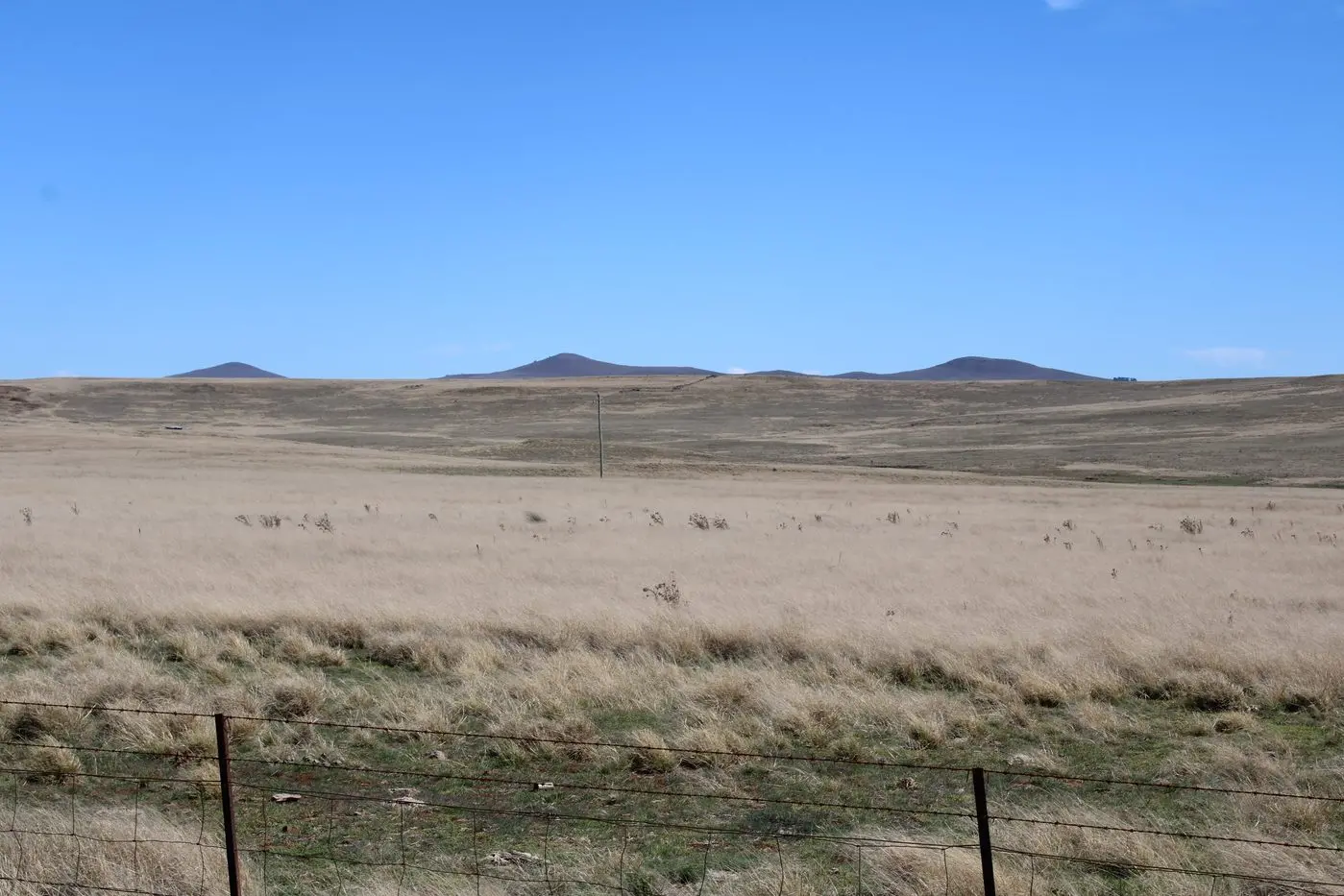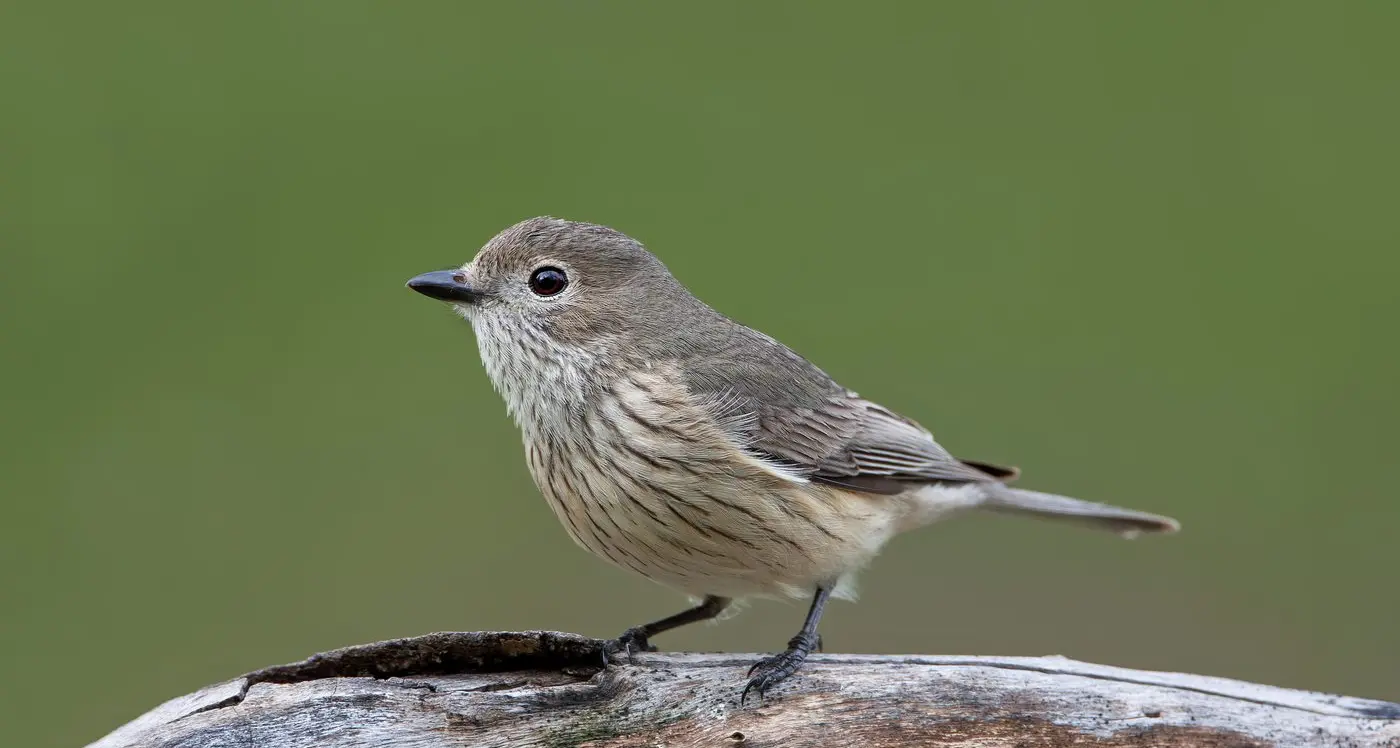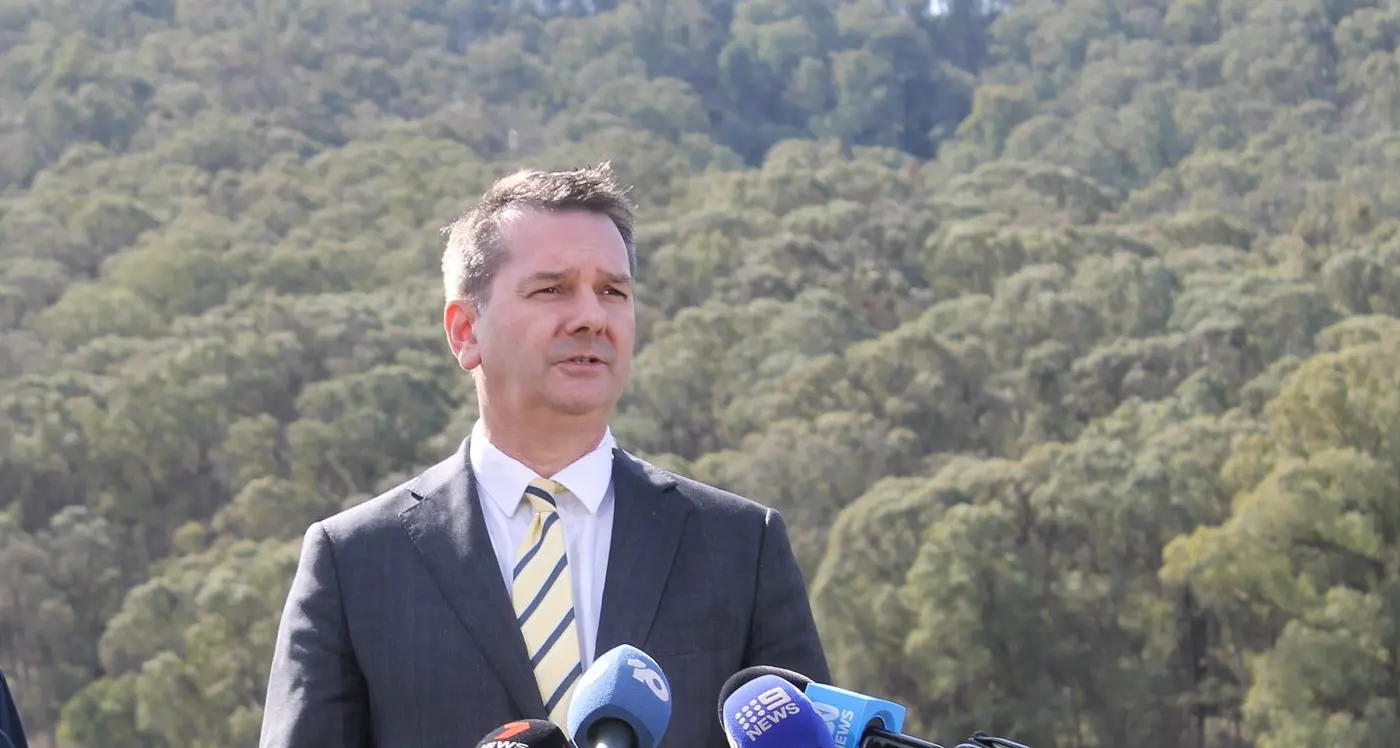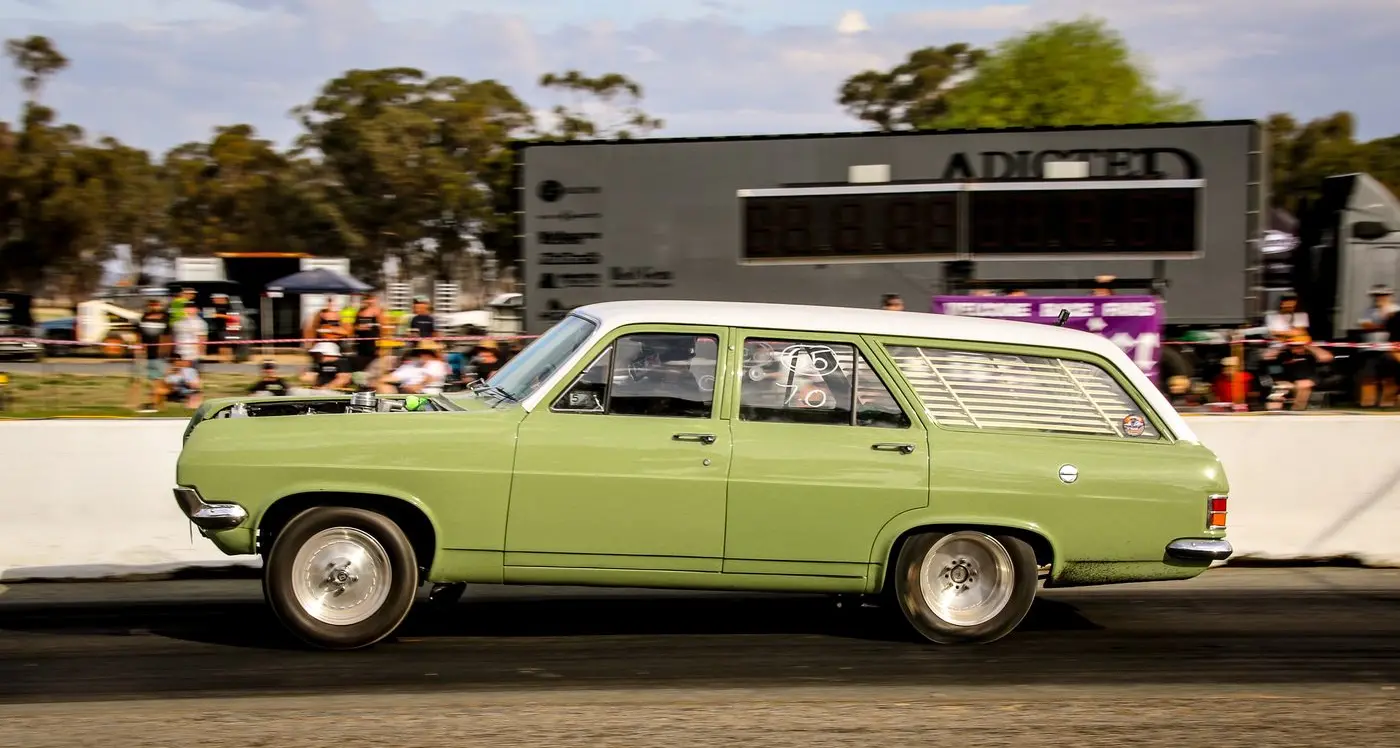PHOTO
Did you know NSW's Travelling Stock Reserves (TSR) offer beautiful spots for passive recreation?
TSR are parcels of Crown land reserved for livestock to move, rest or graze.
A NSW government response to the review of the travelling stock reserve network in NSW (published in November 2018) states TSRs were originally set aside for the purpose of travelling stock more than 150 years ago. While the uses of TSRs have evolved over time, the review found that there continues to be an important 'highway’ of TSRs in the Central and Eastern Divisions that connects NSW with Queensland and Victoria, and also connects key agricultural regions within NSW.
The TSR review was conducted in close consultation with the community, partners and stakeholder groups with the aim of ensuring a useful and viable TSR network for the future.
Local Land Services (LLS) NSW cares for, controls and manages around 578,000 hectares of TSR in the central and eastern divisions. This is around 30 per cent of the TSR in NSW.
The reserves, also known as 'the long paddock', are largely uncleared public land. In many cases they contain the highest quality and most interconnected remnants of native vegetation. The land is protected, with high levels of biodiversity and threatened species. They are also vital for supporting the agricultural community.
In relation to stock use, TSR are important for agricultural productivity including for travelling stock, emergency refuge and transport to market.
Strategic grazing controls weeds, reduces fire hazard and improves conservation.
Recreation use of TSR may not be something many people are familiar with. They provide public open space for passive recreation such as bush walking, horse riding, cycling and bird watching. They also provide important and valued access points to rivers and creeks for fishing and boating.
In addition, TSR contain many places of historic or scientific significance associated with pastoralism, droving life and coach travel and first nations people and European cultural heritage.
Why not pack your binoculars and camera to enjoy birdwatching, explore the peaceful landscape with some bushwalking, or simply relax and share a picnic with the family?
To plan your visit and find out what activities are allowed on TSR, plus view the NSW TSR map go to the NSW government's Local Land Services website.
To protect the reserves and the stock that use them, activities like camping, motorbike riding, and 4WDing are not permitted on TSR.
Now the camping season is here it's a good idea to take a look at the National Parks and Wildlife Service and State Forests websites which list great designated camping areas across NSW.
A map of TSR in NSW can be found by visiting the NSW government website and searching for Travelling Stock Reserves.





